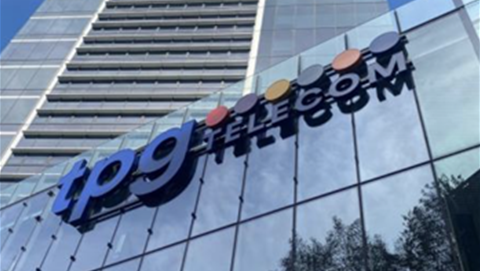NBN Co has criticised users once again for buying plans that supposedly don’t fit their usage profiles, saying “high-data usage” customers on low-speed plans, in particular, “in effect ‘free-ride’” on its network.
Big downloaders have long been in the crosshairs of operators: iiNet infamously referred to high-use customers on the former AAPT unlimited ADSL product as “leeches”.
In the NBN era, NBN Co itself has kept tabs on the biggest downloaders, and declared earlier this year that almost one in three users are on a plan that is out of step with their consumption habits.
Late yesterday, the ACCC released more parts of a supporting submission for NBN Co’s revised special access undertaking (SAU).
In the part about pricing [pdf], the company doubled-down on this line of criticism, blaming a cohort of these users for putting it, and RSPs, under financial pressure.
However, the company did acknowledge its role in creating the situation, and said it hoped to fix it by "incentivising efficient use of NBN speed offerings."
“NBN Co has many end-users with high data usage who subscribe to low-speed plans,” it said.
“These users could be expected to have high willingness to pay for broadband services, but in effect ‘free-ride’ on the situation such that retail service providers (RSPs) find it difficult to pass variable data costs on to them.
“Having high-data users on these plans means that RSPs must either provision more CVC [connectivity virtual circuit] bandwidth, or if not (for cost reasons), have those high-data users disproportionately use the available CVC bandwidth, which results in a worse experience for other (lower-use) customers.”
NBN Co is hoping that by shrinking the size of the ‘steps’ between its price tiers, it can make the higher tiers look more attractive to heavier - but still price-sensitive - users, and encourage them to migrate off “innappropriate plans”.
“The narrowing of the wholesale pricing differentials between the lower and higher speed tiers should encourage such users to migrate to more appropriate high-speed plans,” it said.
Part of the “narrowing” involves wholesale price increases on the lower tiers, where most users currently reside, a move that could make those tiers less attractive.
NBN Co acknowledged the whole situation is a by-product of its existing two-part price structure, where a variable bandwidth fee is charged on top of a fixed service charge.
This structure, it acknowledged, had fostered what the operator saw as inefficient use of its network.
“The current two-part tariff at the wholesale level has created challenges for the market instead of promoting efficiency as it was intended to,” NBN Co said.
“For example, when heavy network users, prone to large file transfers such as game updates, take up residential retail plans, this can create pricing uncertainty for RSPs as a result of CVC charging.
“Additionally, RSPs have stated that it takes a significant effort and cost to manage their CVC provisioning.”
NBN Co has proposed as part of the SAU to start charging a “flat rate” for services of 100Mbps or more by mid-2023, and for services below that by mid-2026.
NBN Co also said that "in theory", the situation could have been "solved" sooner if RSPs had agreed to pass variable CVC costs through to heavier users, though it acknowledged that was unpalatable at a retail level.
"In theory, this issue could be solved if RSPs charged two-part retail tariffs to users – consistent with the wholesale AVC and CVC pricing currently used by NBN Co," it wrote.
"Users would then pay a variable component reflecting on their data usage, in addition to a fixed charge. High-data users would pay more, meaning they would be better off on a higher speed tier with a larger (or uncapped) data allowance.
"However, NBN Co has heard from RSPs that two-part tariffs and the associated uncertainty over total monthly bills are not accepted at the retail level, and that RSPs are effectively forced by competitive pressures to offer fixed price plans."




.jpg&h=140&w=231&c=1&s=0)





















